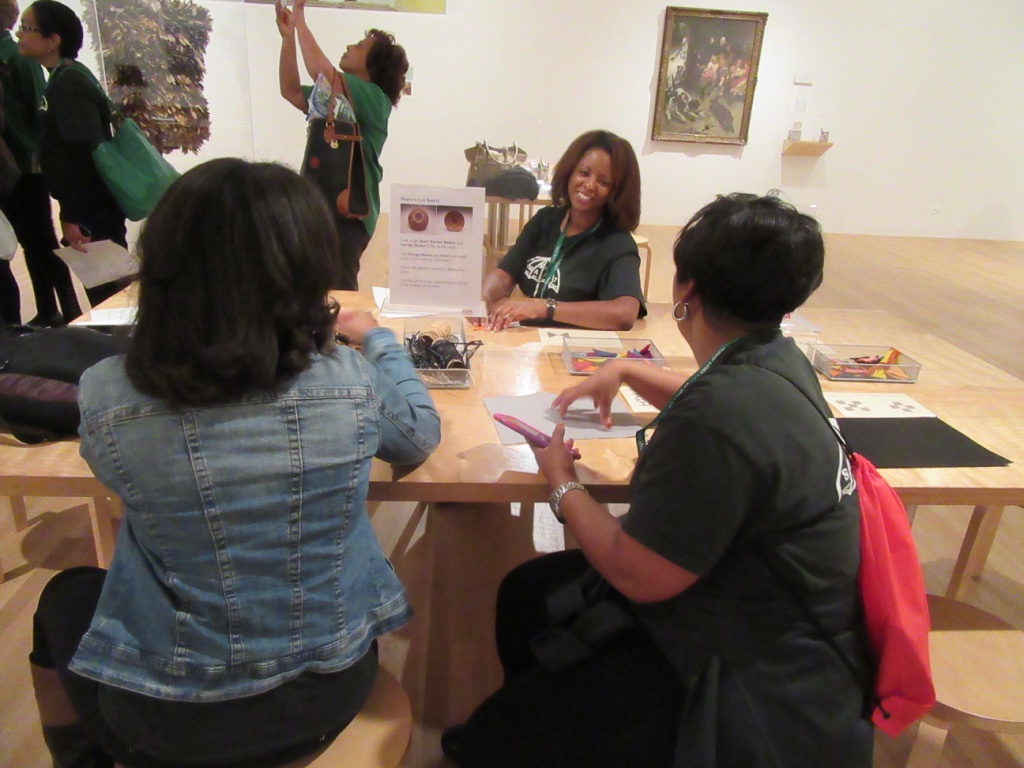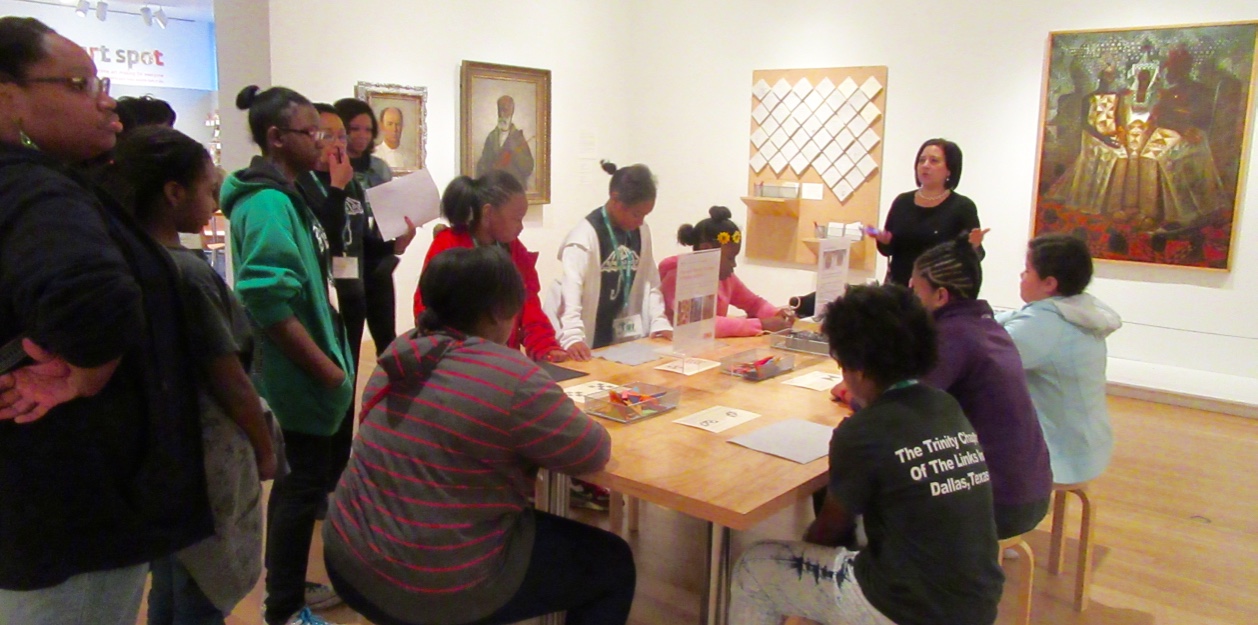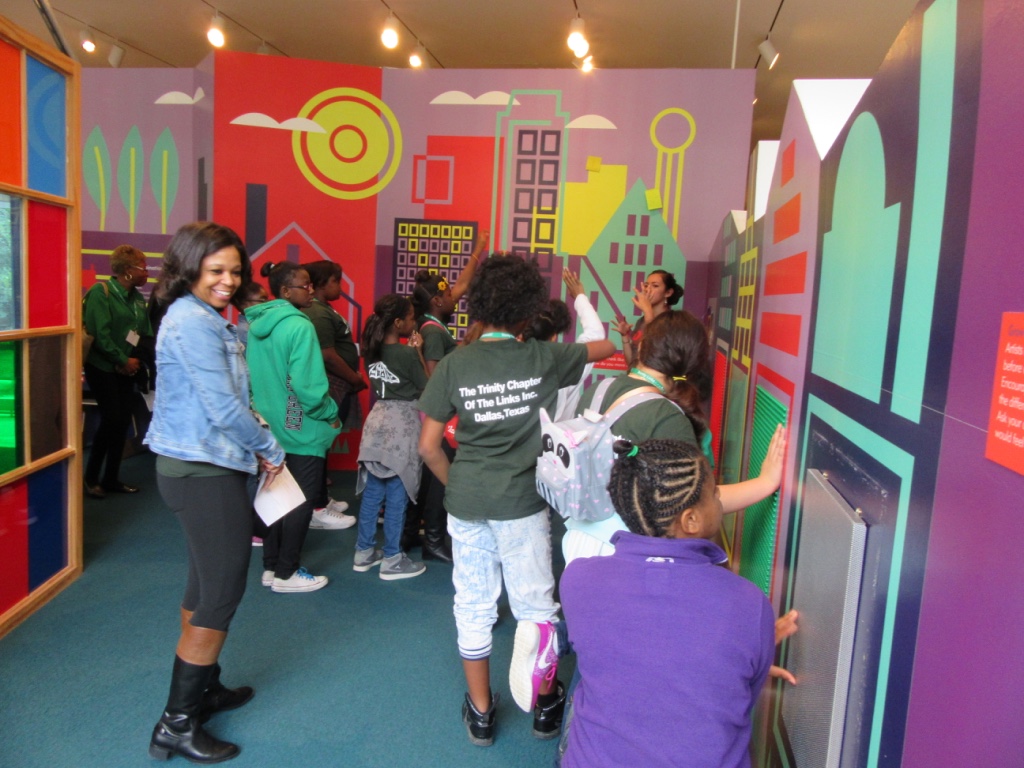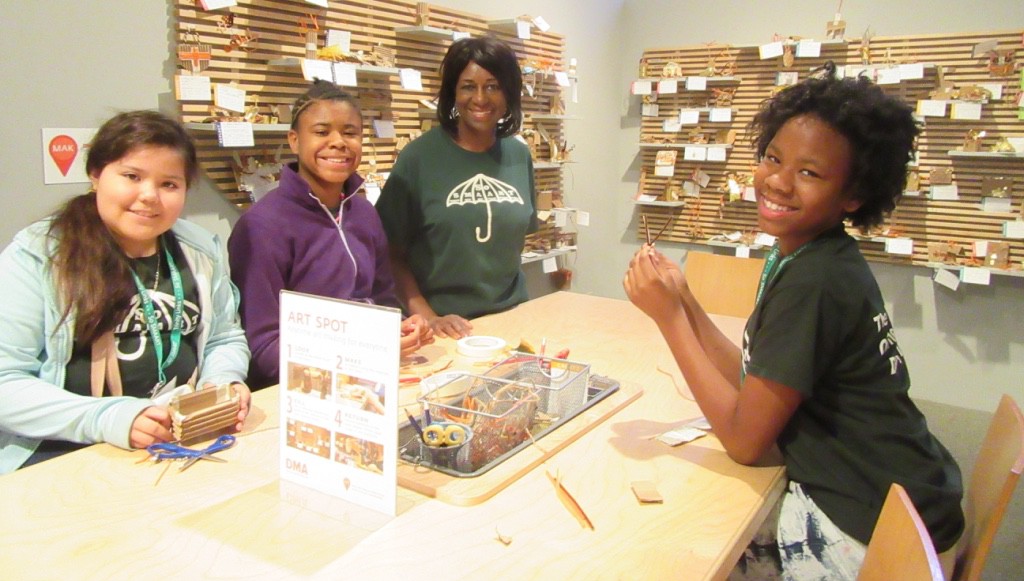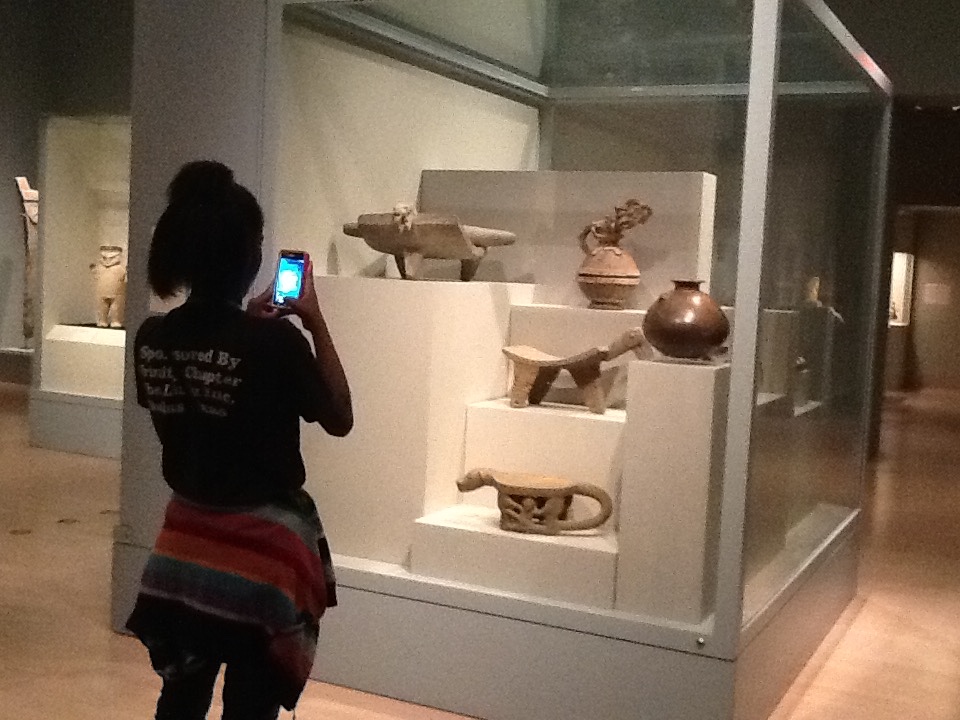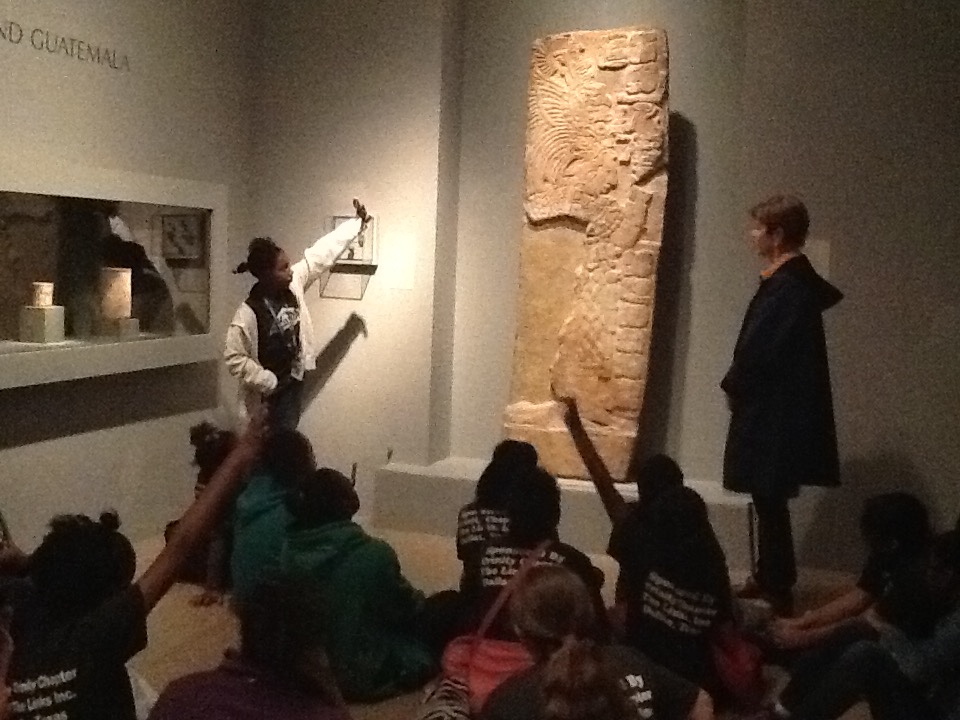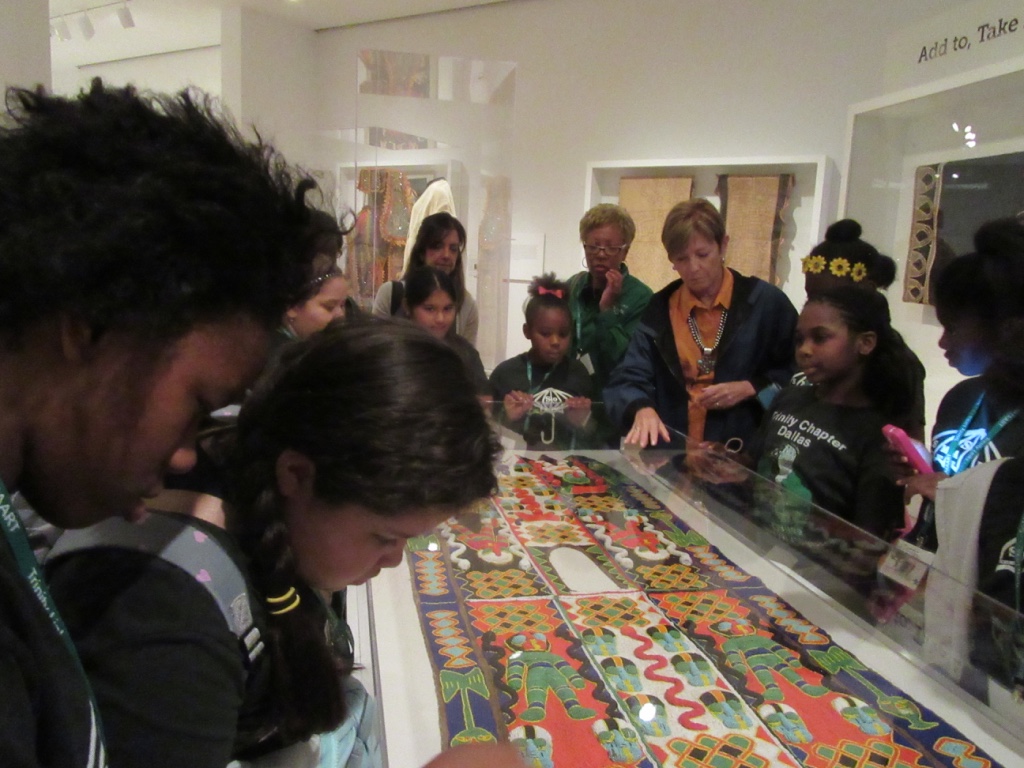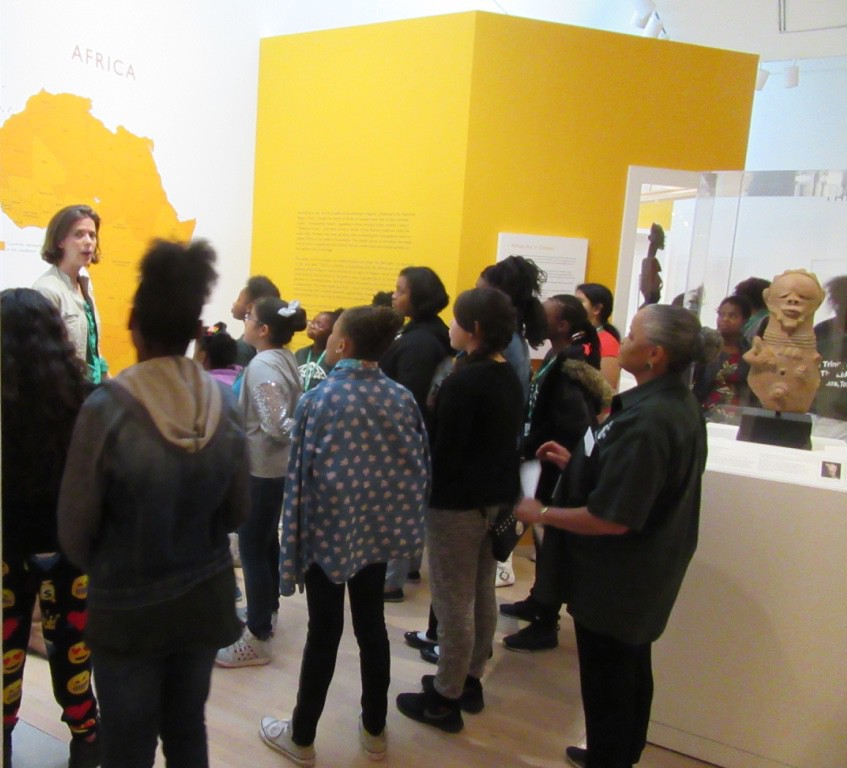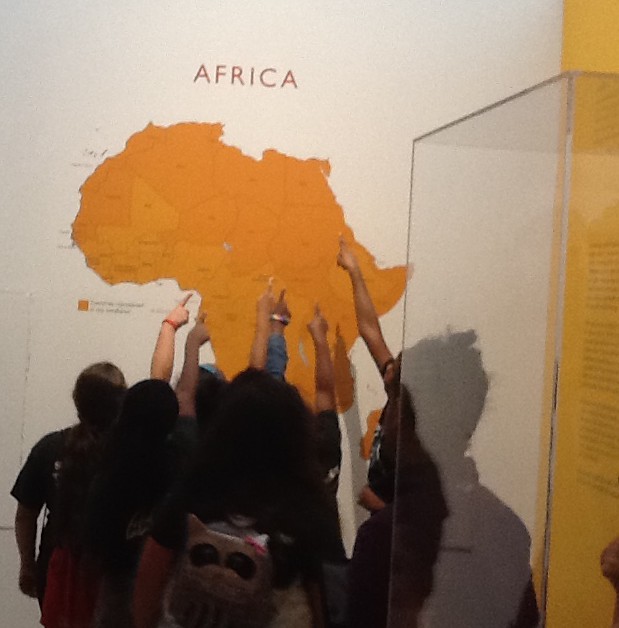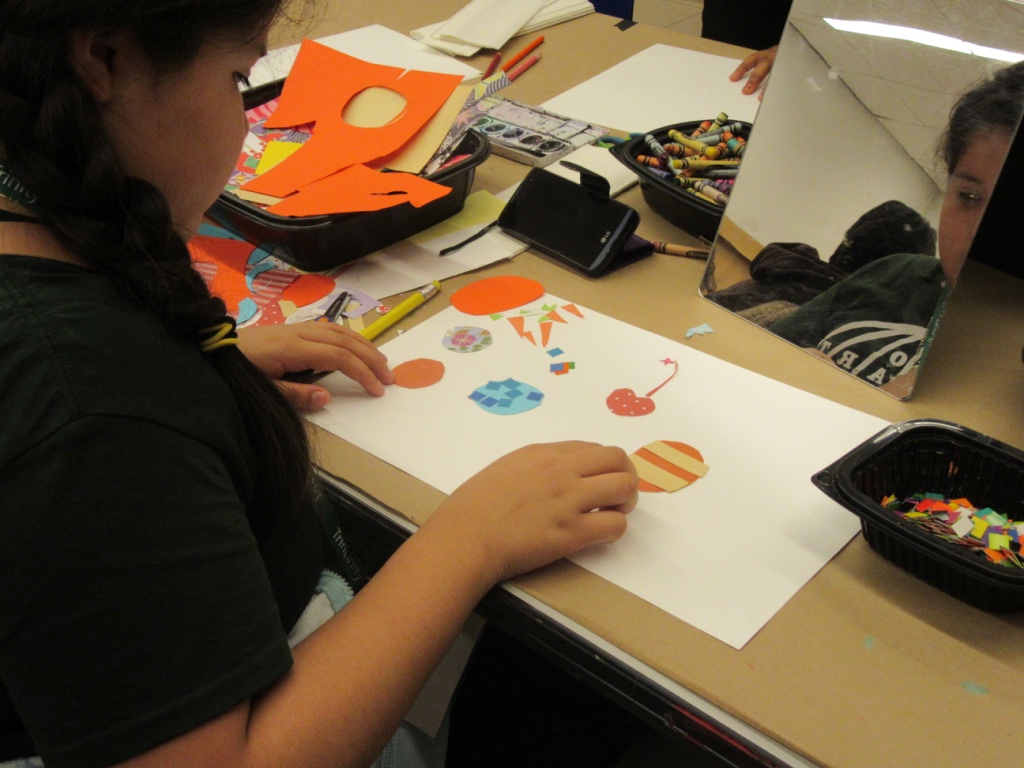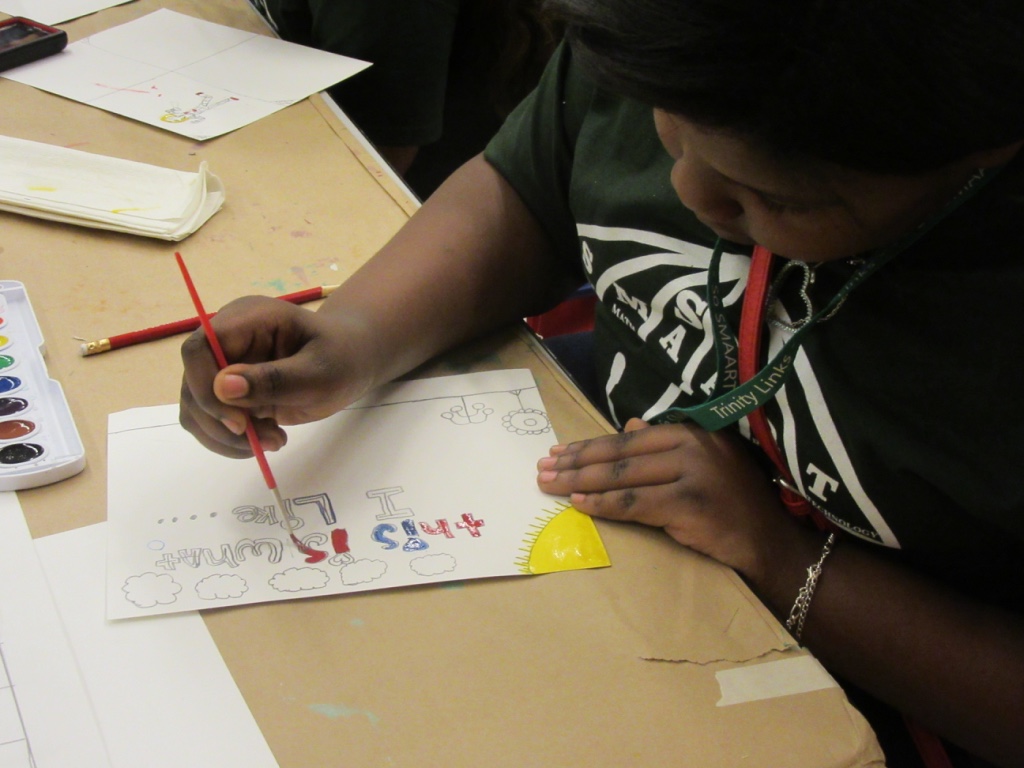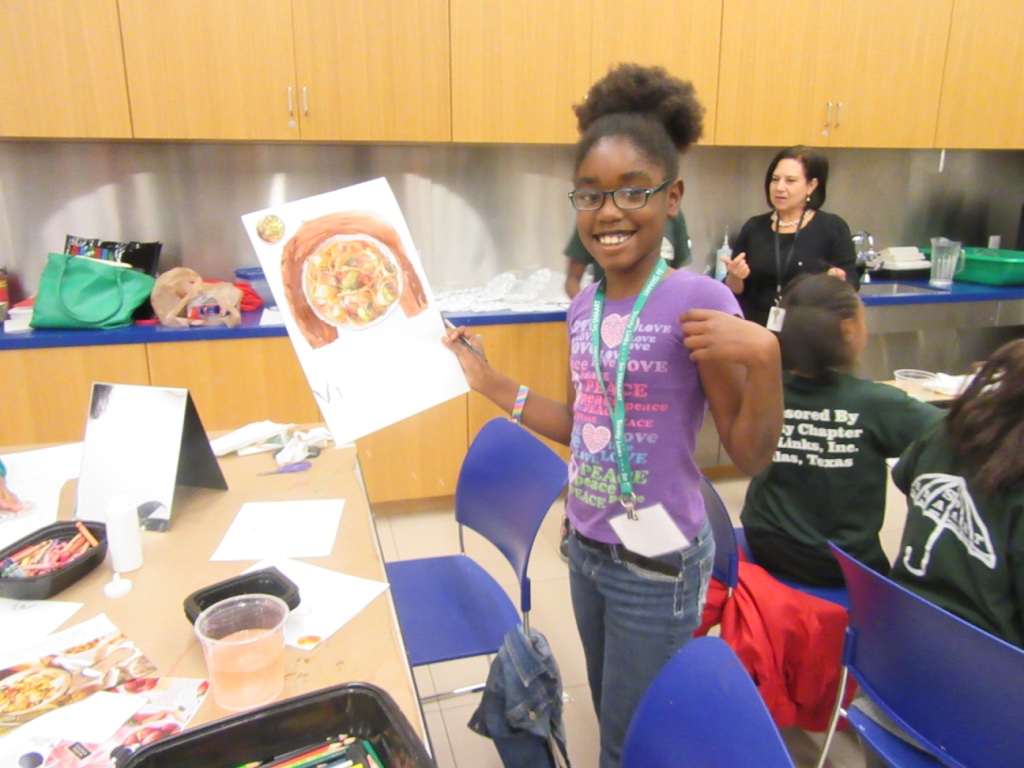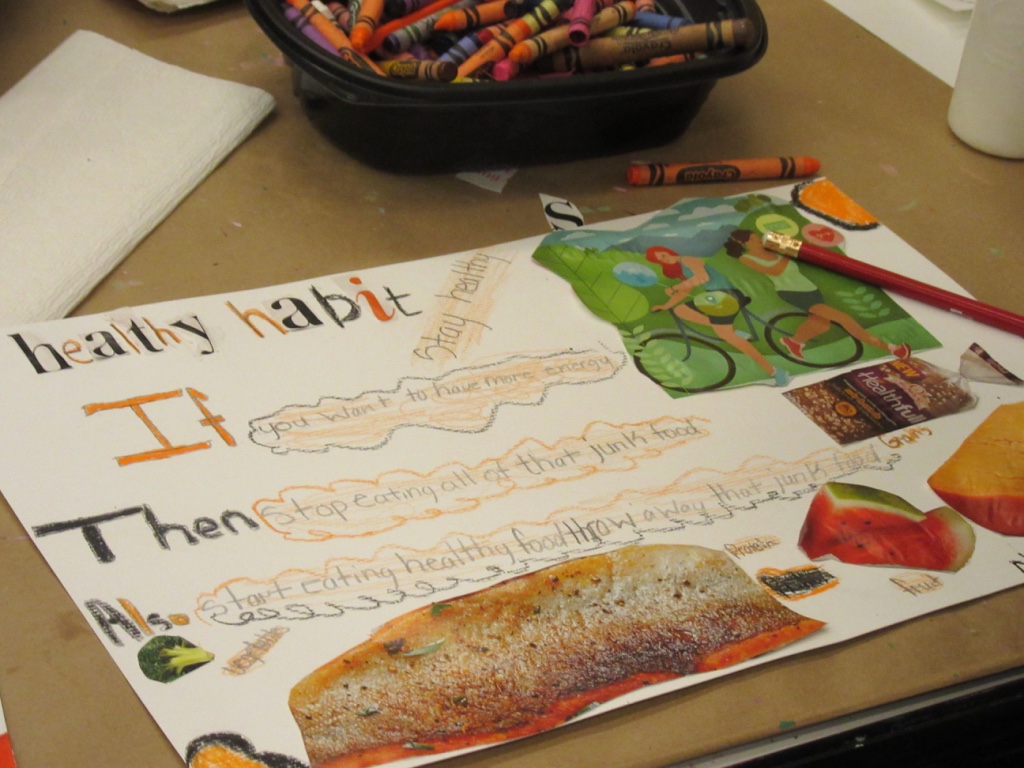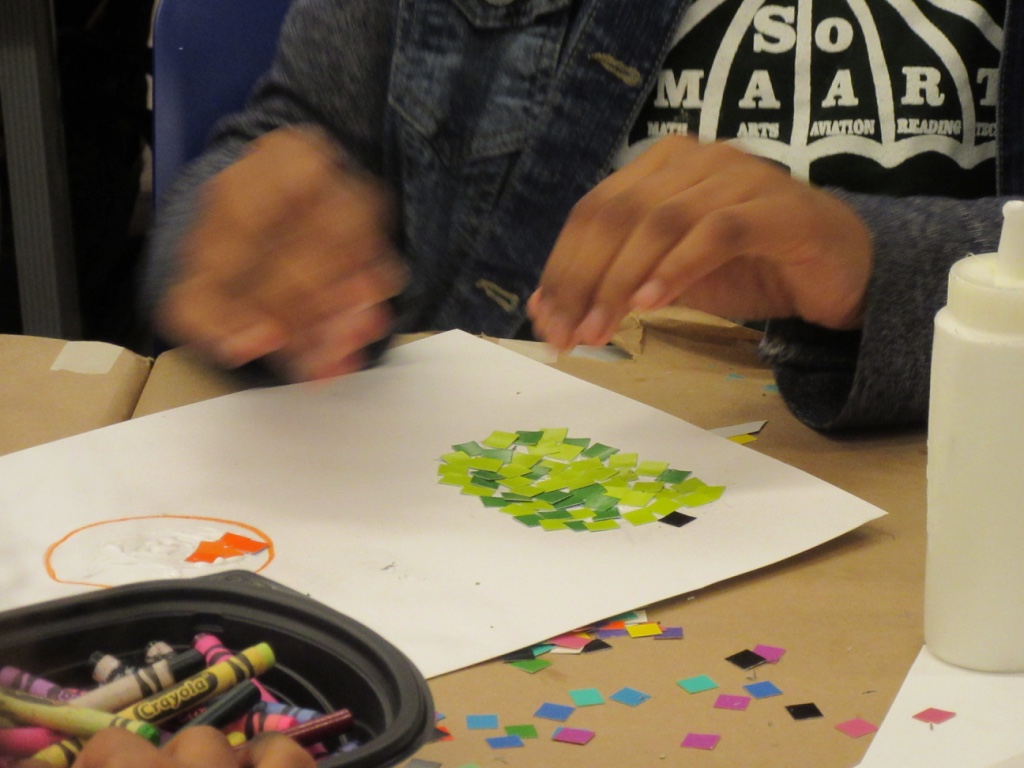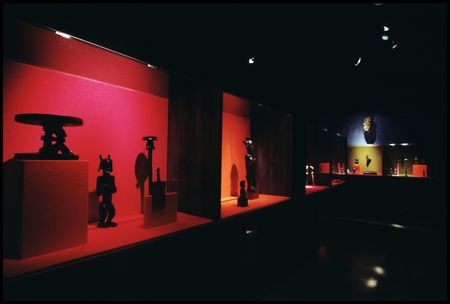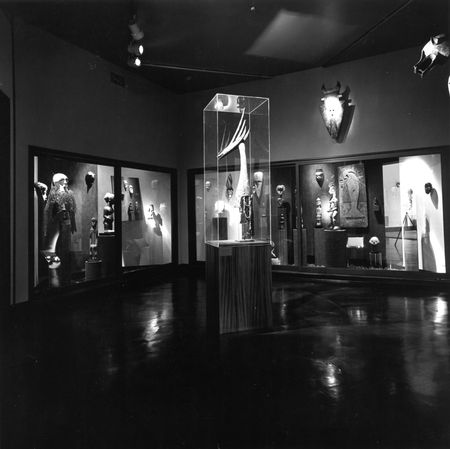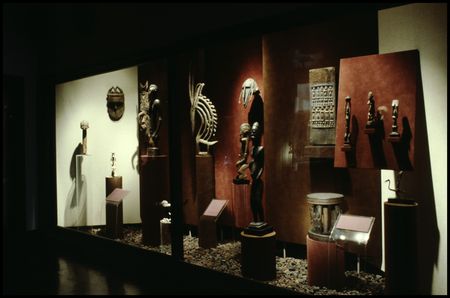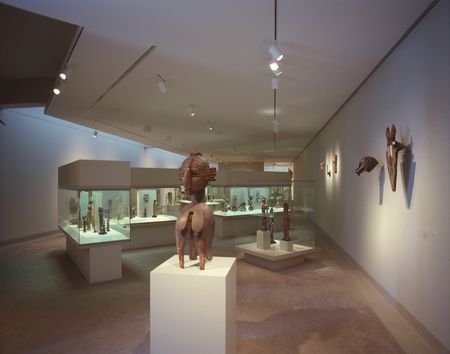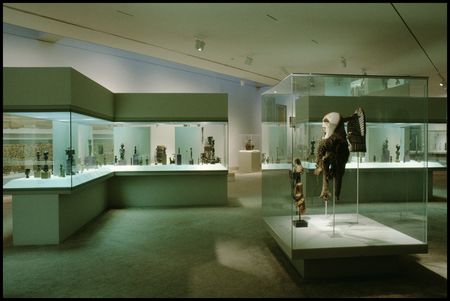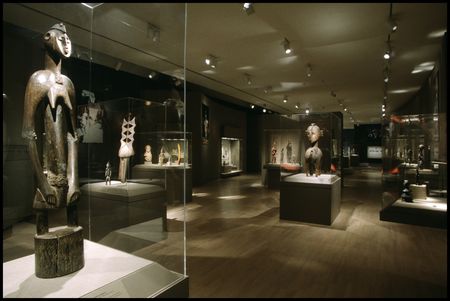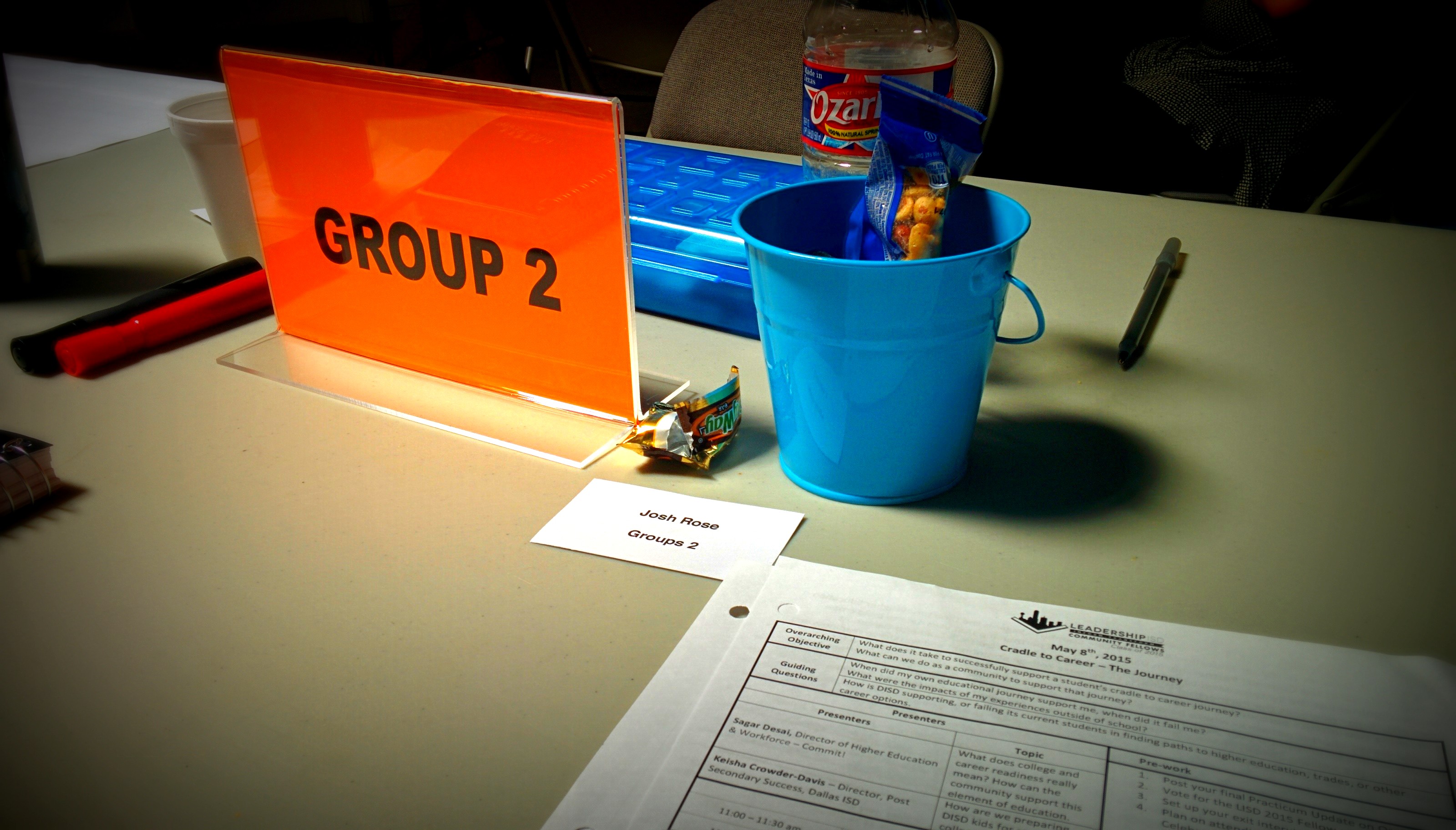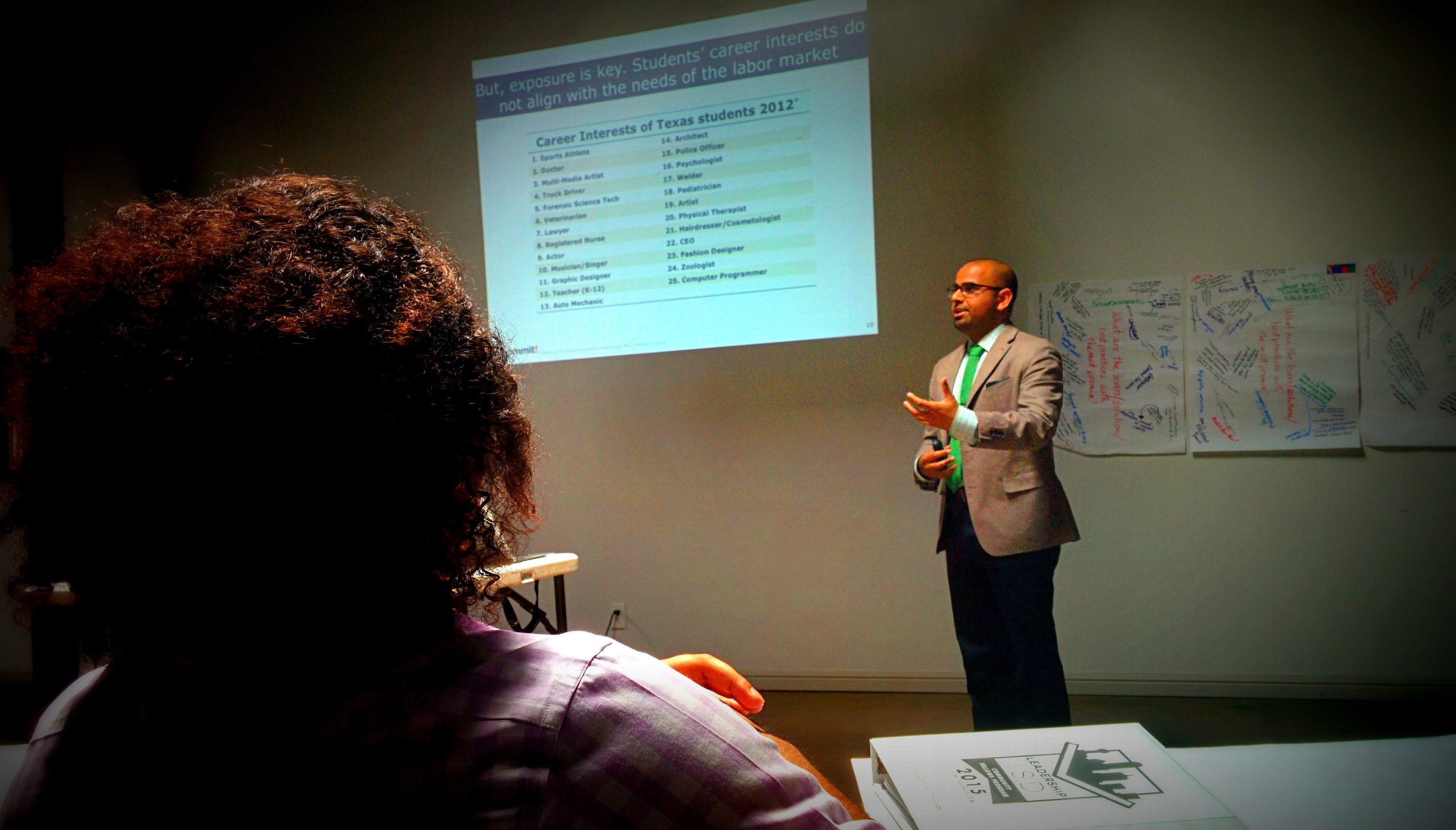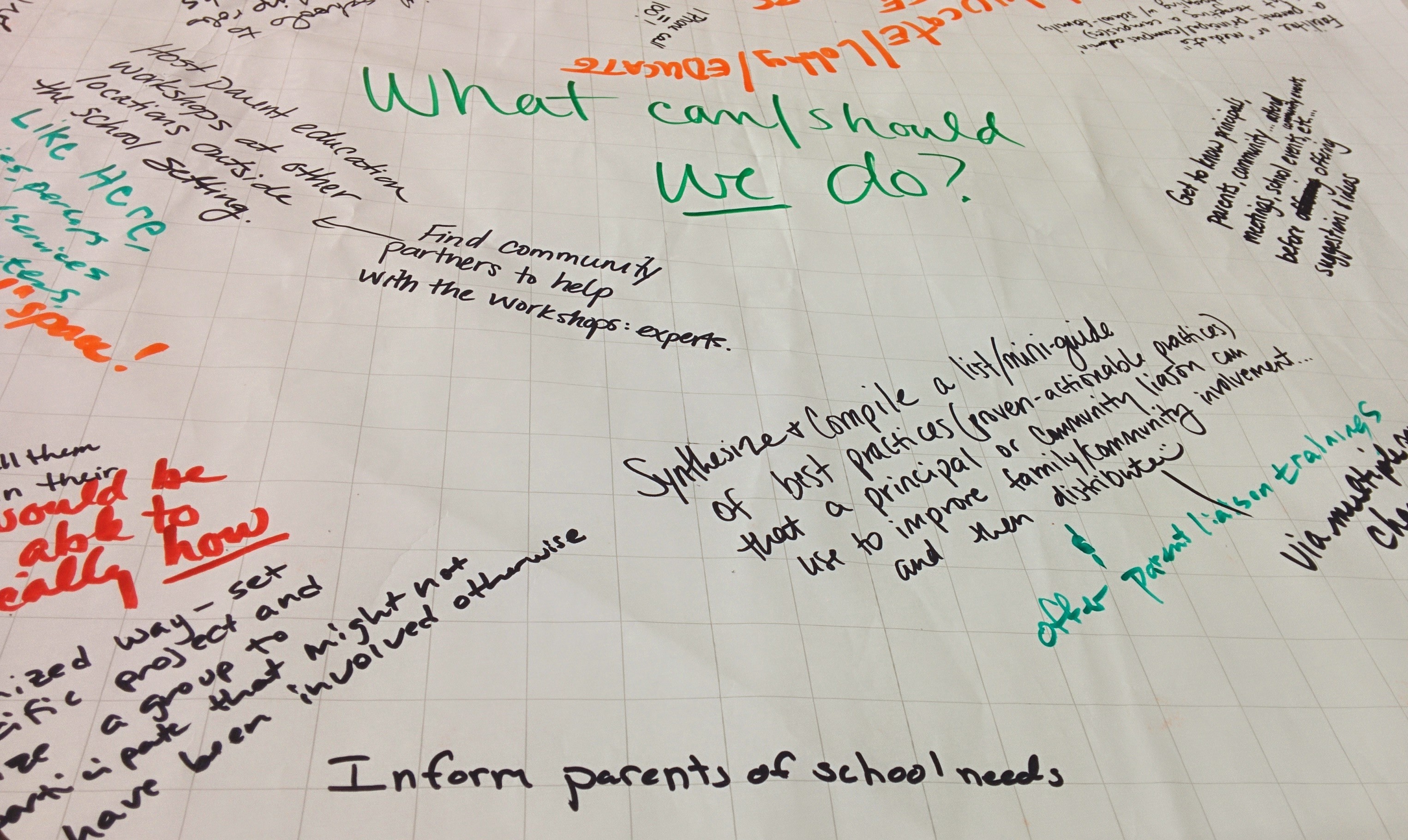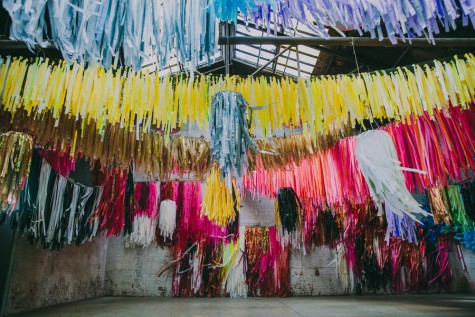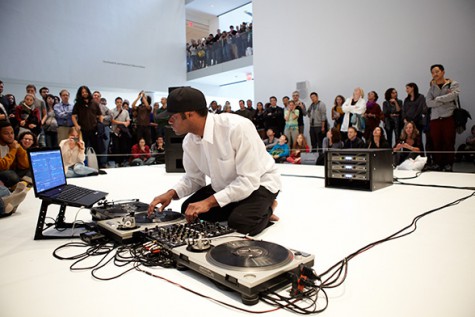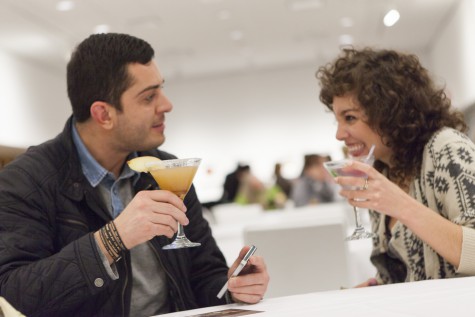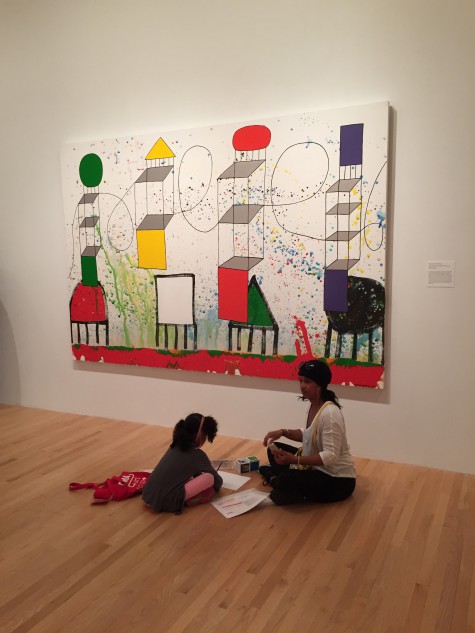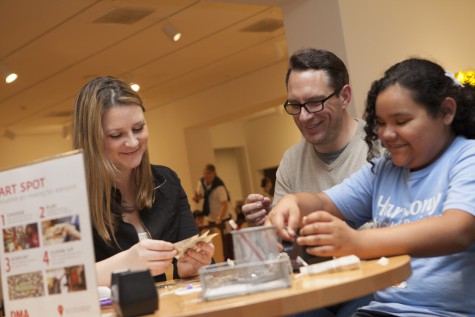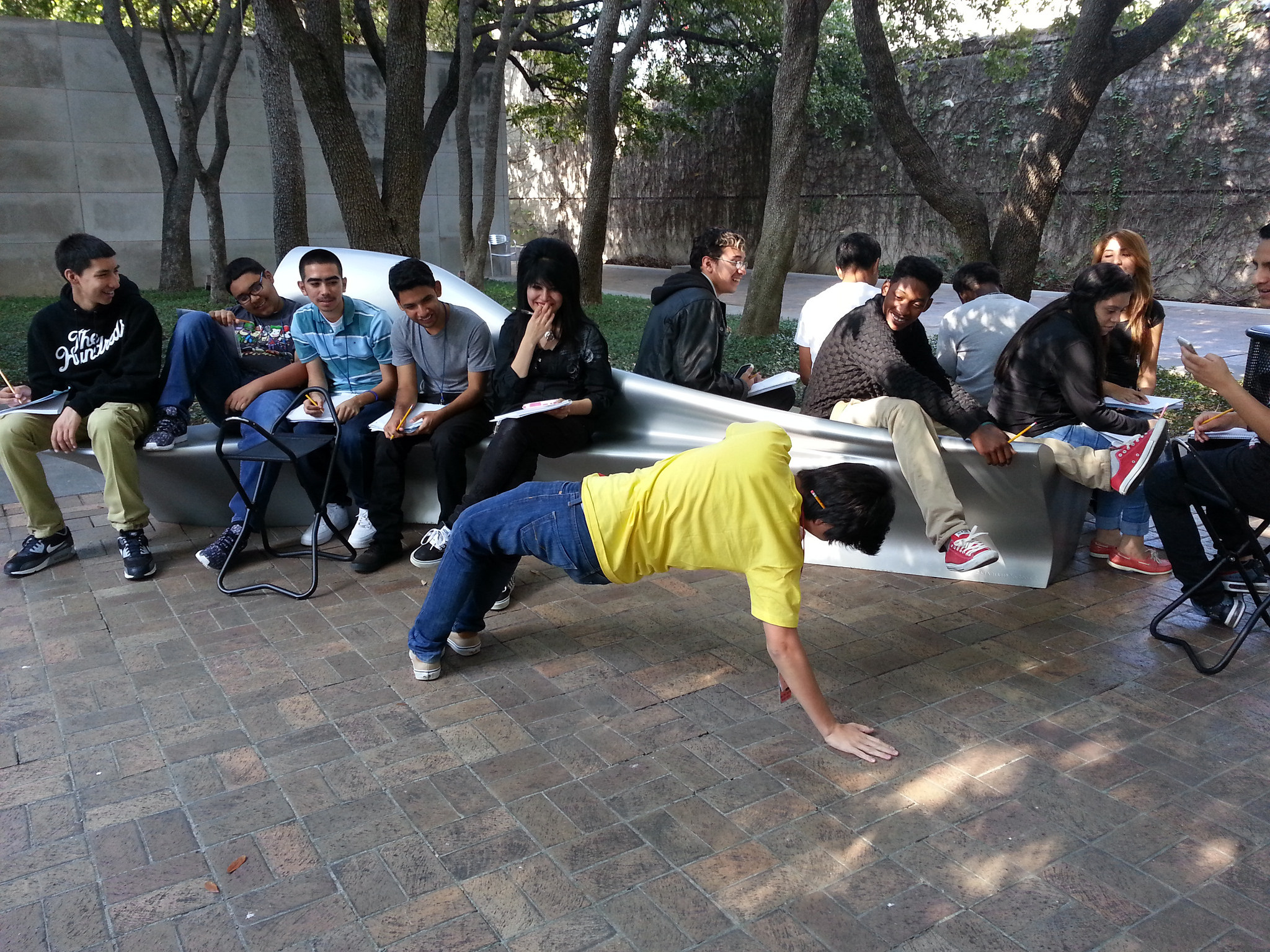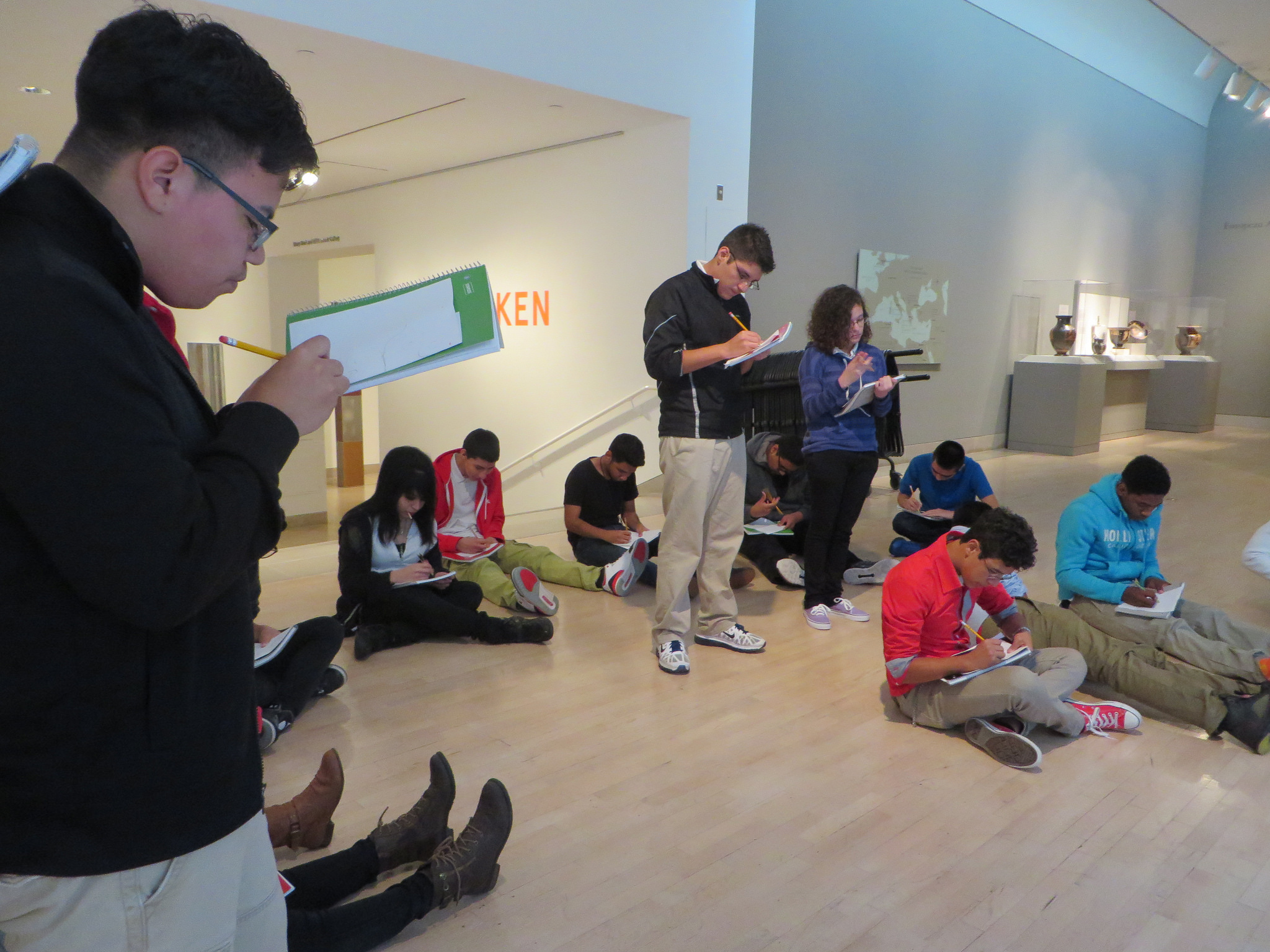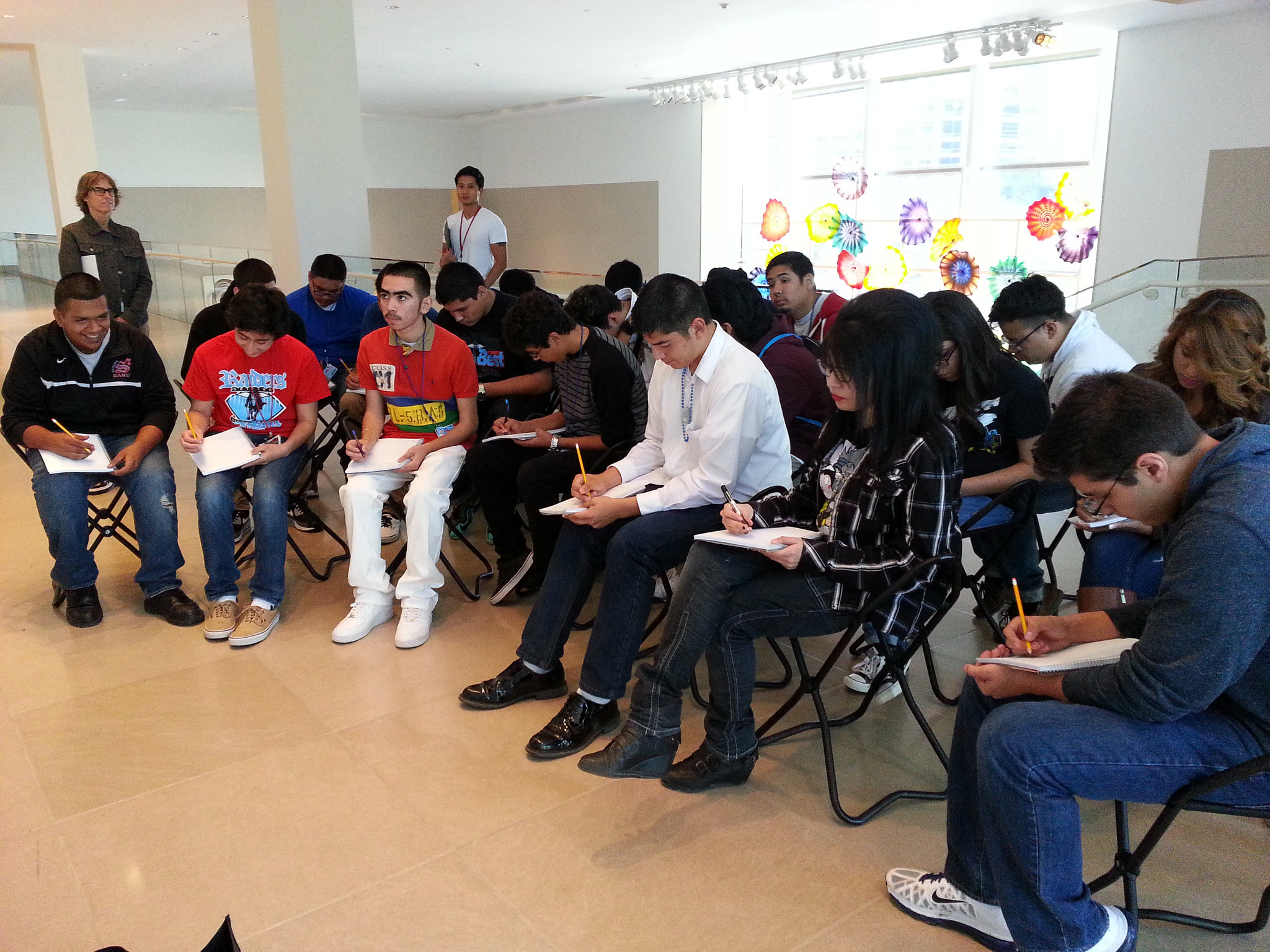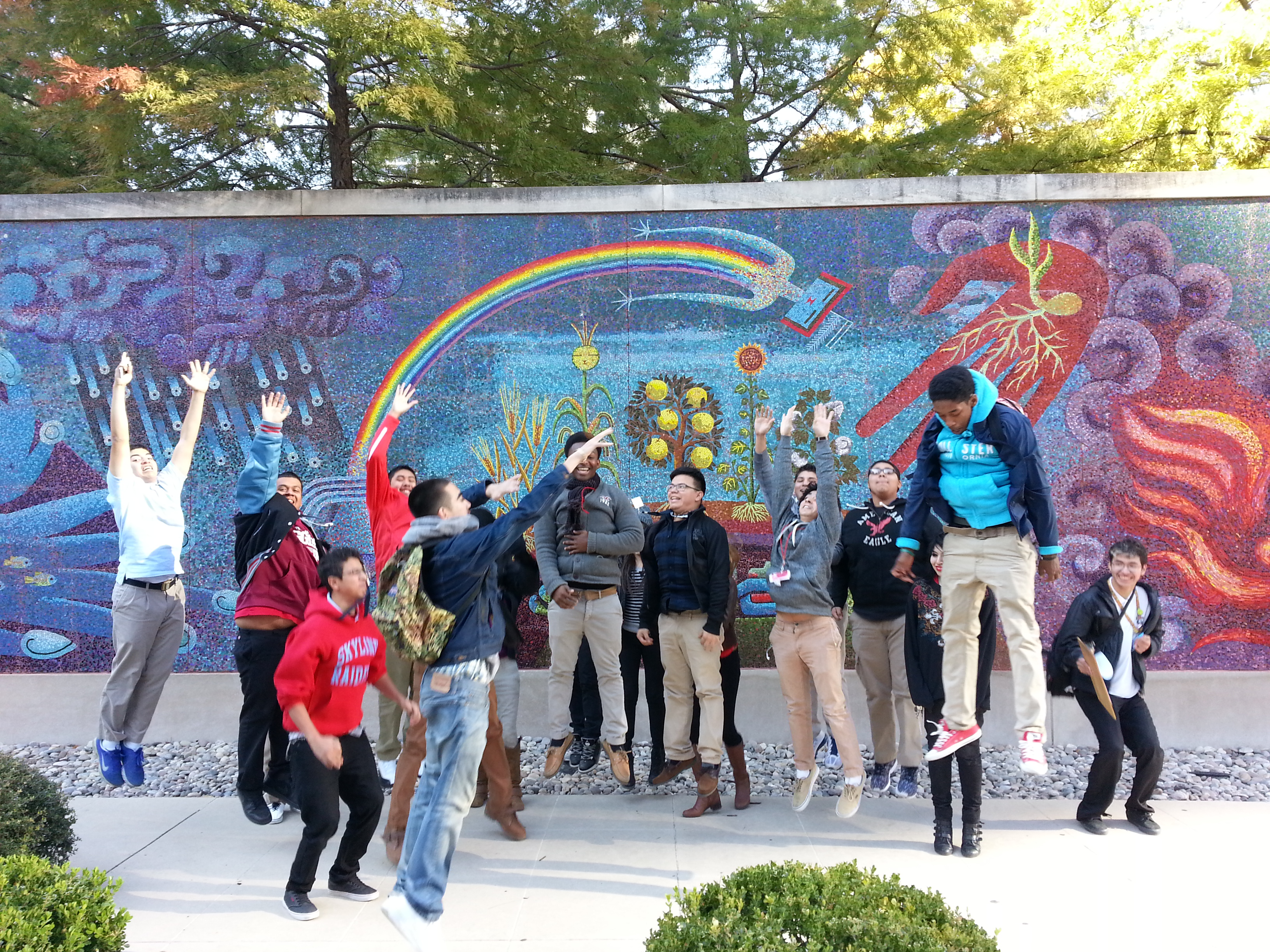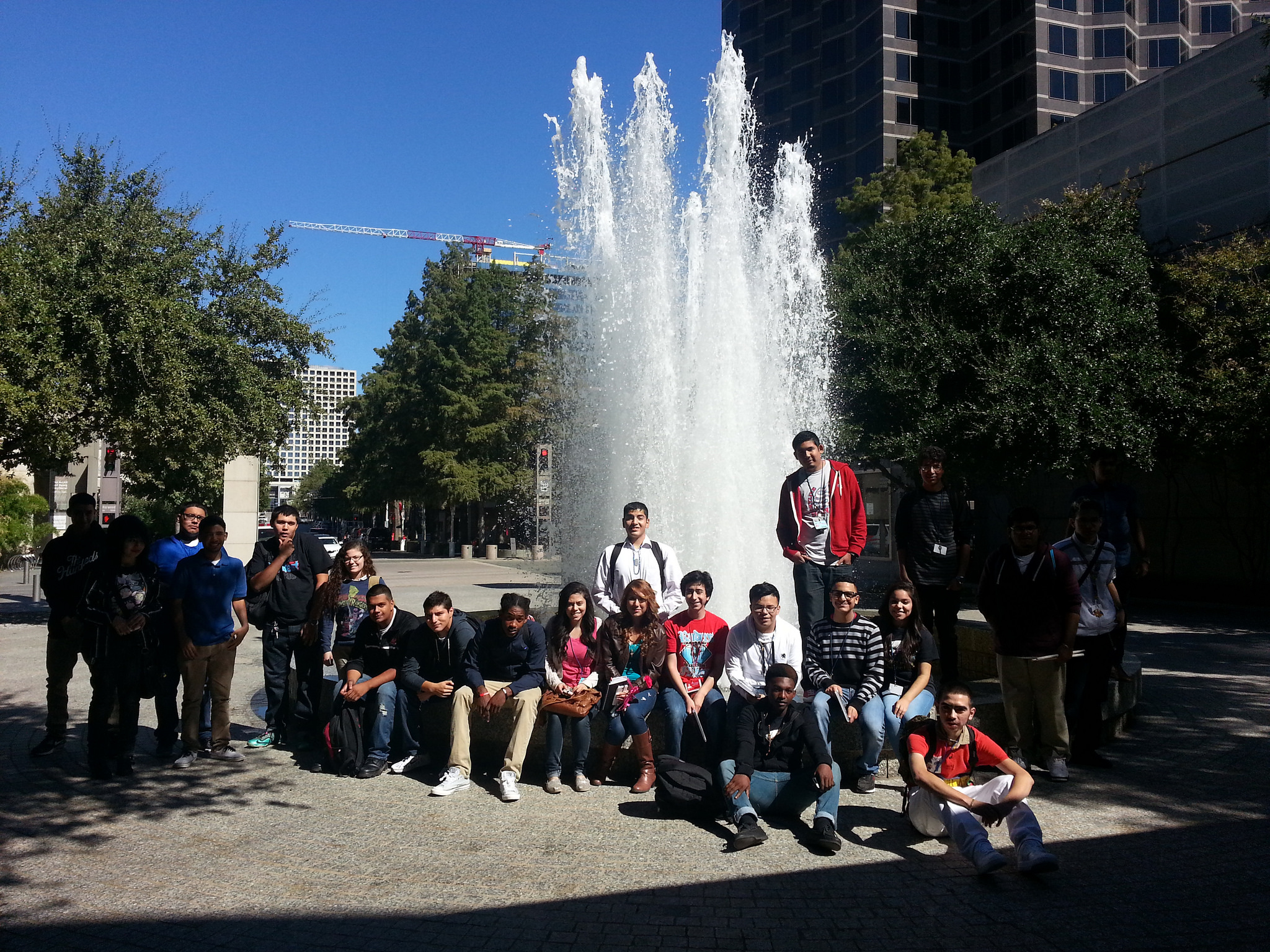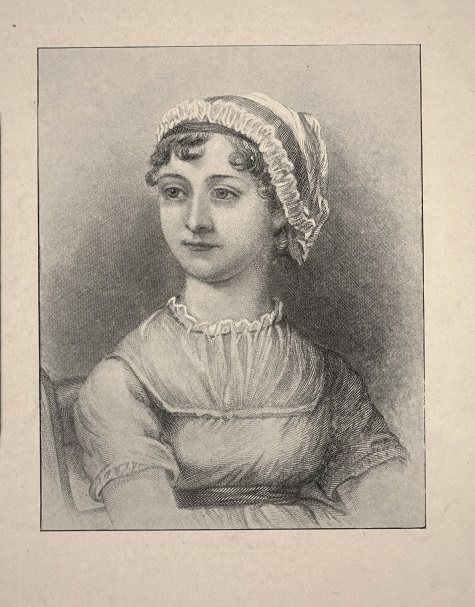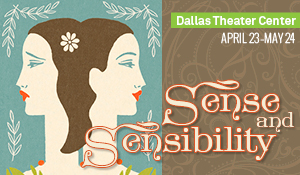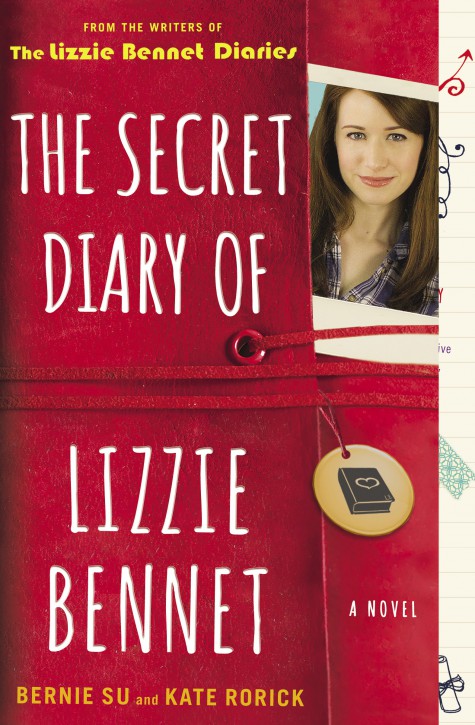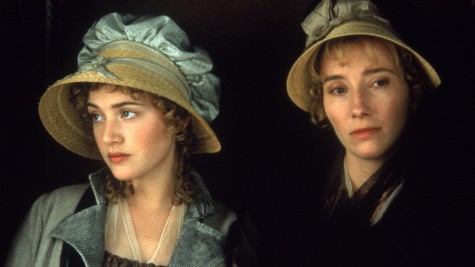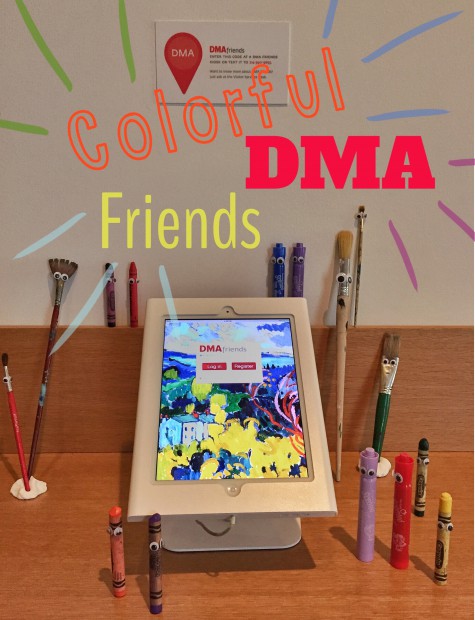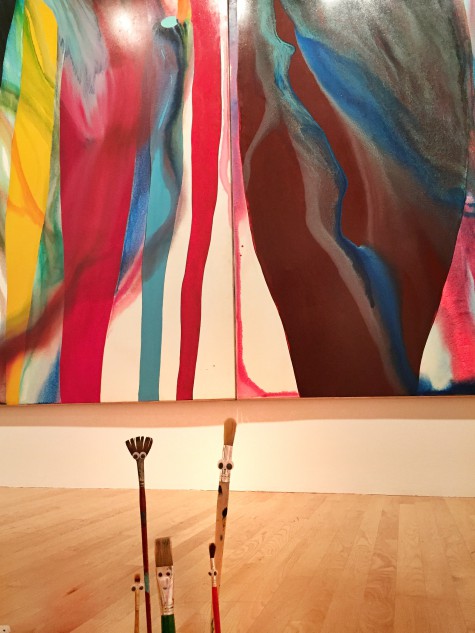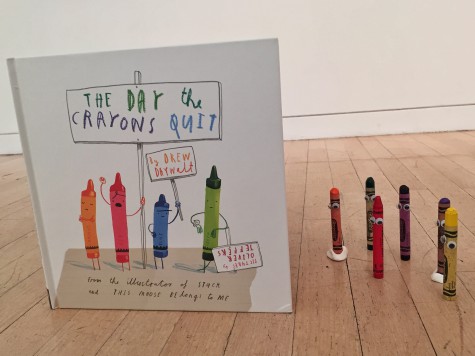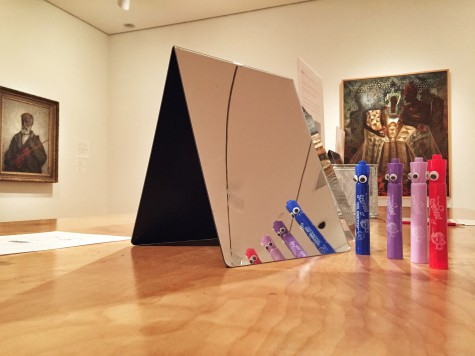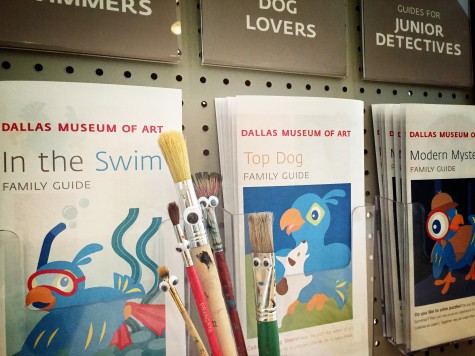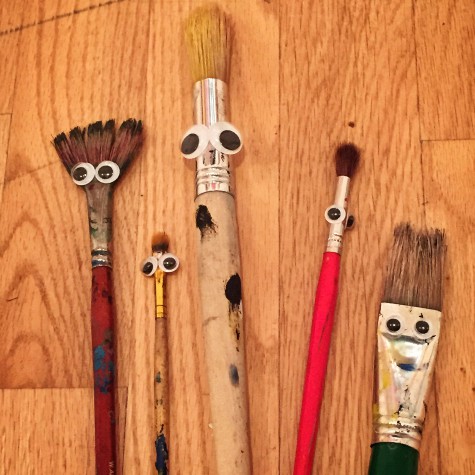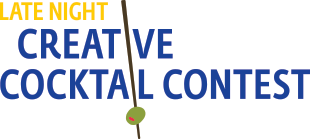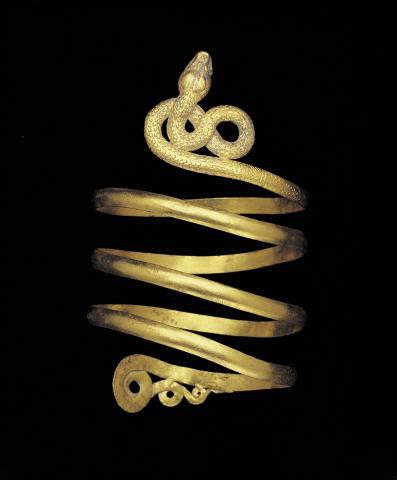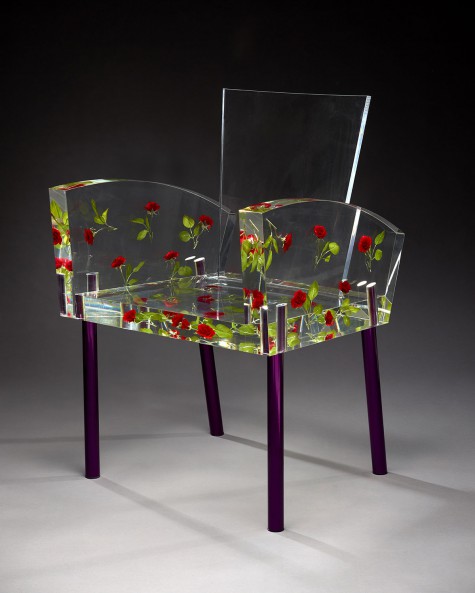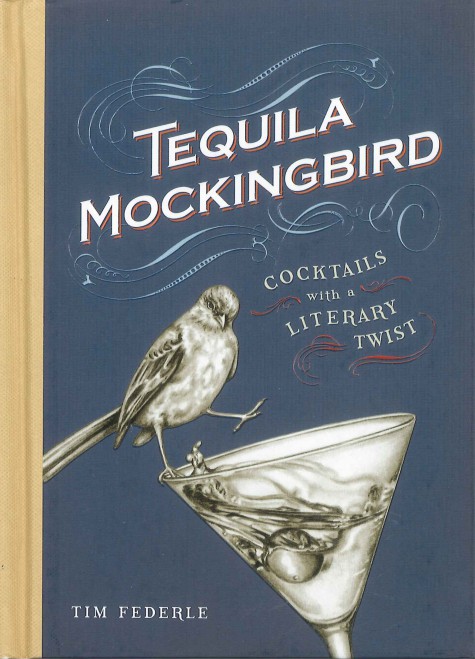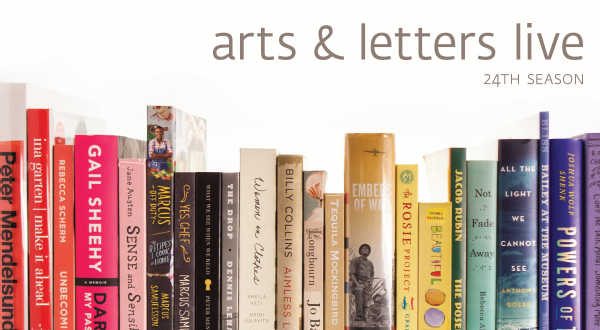Head of Community Engagement Maria Teresa Garcia-Pedroche and I spent a Saturday afternoon with the So SMAART girls, a group of motivated young ladies aged 9-12 who are “Set on Science, Math, Aviation, Art, Reading, and Technology.” Since its beginning in 2000, the So SMAART program has impacted more than 900 girls from Dallas public schools through various mentorship and after-school activities, all of which prepare the students for careers in STEAM fields including science, math, and the arts. Serving as the girls’ mentors are members of the Trinity Chapter of the Links, Incorporated, a volunteer service organization led by women of color from the DFW area who founded So SMAART to address the lack of minority female students pursuing STEAM careers.
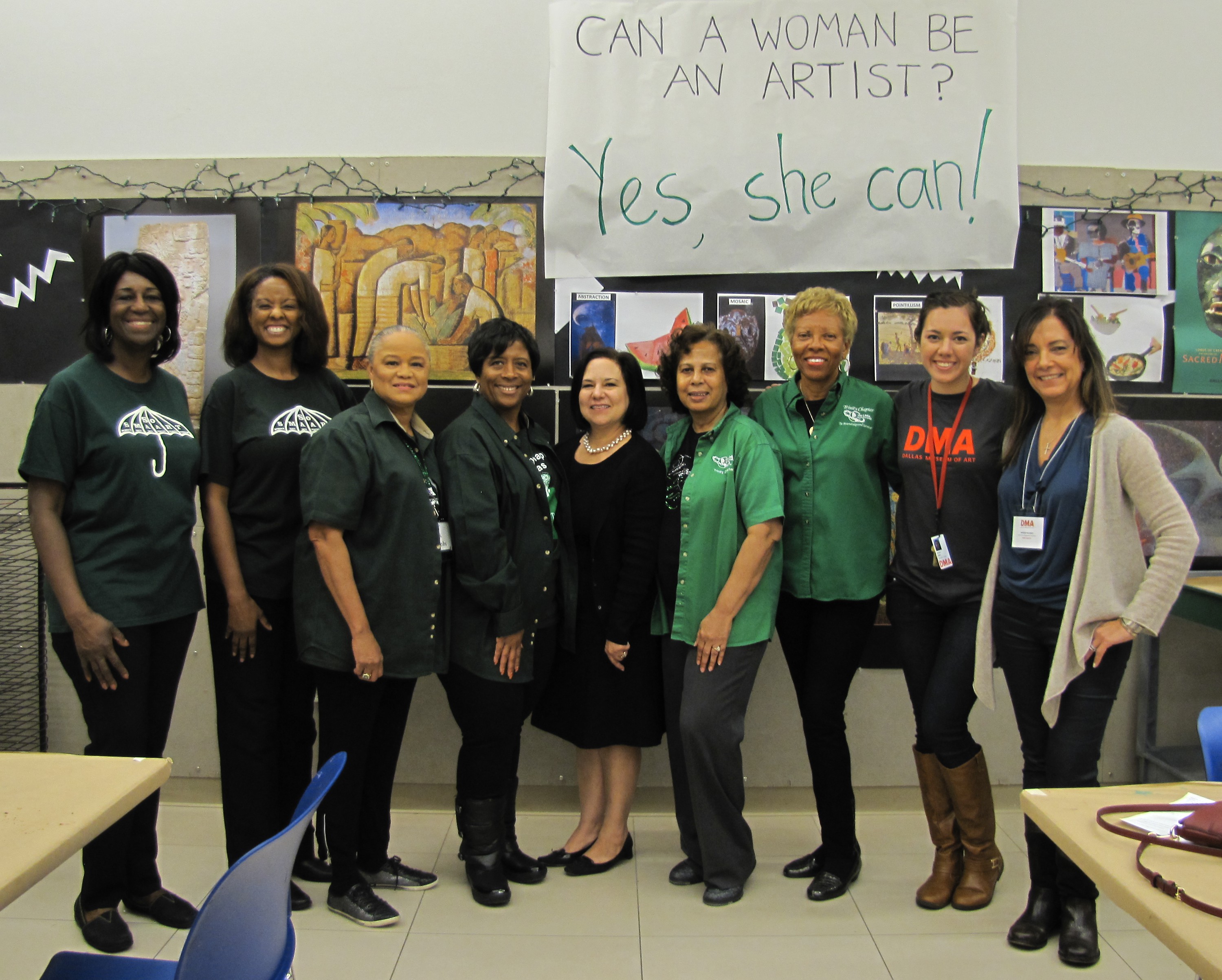
Trinity Links and the DMA’s Community Engagement team
Throughout their visit, the So SMAART girls and their mentors explored the Center for Creative Connections, toured the African and Ancient American galleries, and created their own masterpieces in the Art Studio. These ladies demonstrated some of the ways the arts can impact and empower the next generation of scientists, engineers, curators, and everything in between:
- Connect with Communities
The students and mentors contributed to an ongoing basket-weaving project, a response wall discussing personal traditions, and a larger-than-life drawing at the Interactive Gallery and Community at Large installation.
- See Things Differently
Are those ordinary scraps of cardboard and twist ties, or are they the makings of the next Oldenburg? How does our presence change the way a space feels, functions, or sounds? Our visitors experimented with these and other queries at the Art Spot and the Young Learners Gallery.
- Blast into the Past
Museum educator extraordinaire Amy Copeland and various DMA volunteers led the So SMAART girls through the African and Ancient American galleries, where they discussed the ways that past cultures and communities influence our current beliefs, traditions, and practices.
- Make Your Voice Heard
As part of a national competition sponsored by The Links, Incorporated, the students channeled their creativity in the Art Studio to create posters raising awareness about nutrition and healthy habits. Isn’t it a bit easier to forgo the leftover Halloween candy when you’re looking at a solar system made of fruit?
Keep an eye out for these young ladies—we can’t wait to see where the arts will take them!
Paulina Lopez
McDermott Graduate Intern for Visitor Engagement
